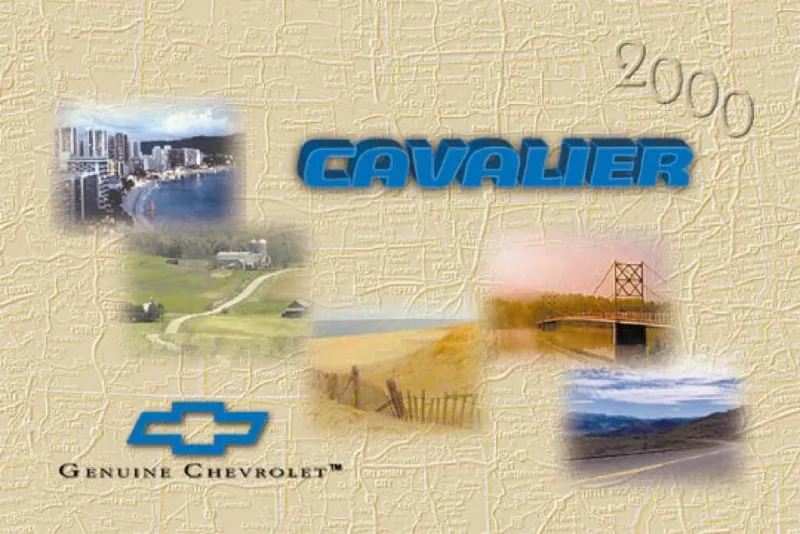2000 Chevrolet Cavalier Owner's Manual

Table of Contents
2000 Chevrolet Cavalier Overview
Introduction
The 2000 Chevrolet Cavalier exemplifies the spirit of compact cars with an inviting blend of style, comfort, and practicality. With a reputation for reliability and affordability, the Cavalier serves as an ideal choice for budget-conscious drivers seeking a versatile vehicle for both daily commutes and spontaneous weekend adventures. This compact car adeptly balances utility and efficiency, appealing to a diverse audience of new drivers and seasoned car enthusiasts alike.
Powertrains
The 2000 Cavalier is offered with two dynamic powertrain options designed for varying performance preferences. The base model boasts a peppy 2.2-liter inline-four engine, delivering an admirable 115 horsepower that ensures a spirited drive with commendable fuel efficiency. For those seeking enhanced performance, a 2.4-liter inline-four engine option is available, producing up to 150 horsepower, allowing for a more engaging driving experience. Both engines can be paired with either a five-speed manual or a four-speed automatic transmission, granting owners flexibility in their driving preferences.
Trims
Chevrolet offers a variety of trims for the 2000 Cavalier, each catering to different tastes and requirements. Starting with the base model, drivers can enjoy essential features like air conditioning and a sound system. The higher trims, such as the LS and the sporty Z24, introduce additional comforts and performance enhancements, including sport suspension, alloy wheels, and upgraded interior materials, making the Cavalier appealing to those who desire a more personalized driving experience.
Features
This compact car comes equipped with practical features that emphasize comfort and convenience. Standard offerings include a driver-side airbag, power windows, and a tilt steering wheel, while higher trims may include options like a CD player, power door locks, and upgraded upholstery. The spacious cabin and trunk space also enhance the Cavalier's reputation as a sensible choice for daily use.
Owner's Manual
The 2000 Chevrolet Cavalier's owner's manual serves as a comprehensive resource for owners, containing essential information on maintenance schedules, troubleshooting tips, and operational guidelines. This manual helps drivers maximize their vehicle's longevity while enjoying all the features and capabilities the Cavalier has to offer.
User manual download
The Chevrolet Cavalier owner manual for the 2000 model year is to be found in PDF downloadable format on this page. The owner manual for the model year 2000 is free and in English, but the repair manuals are usually not easy to get and may cost more.
Manual Questions
Fill the form below and someone will help you!

